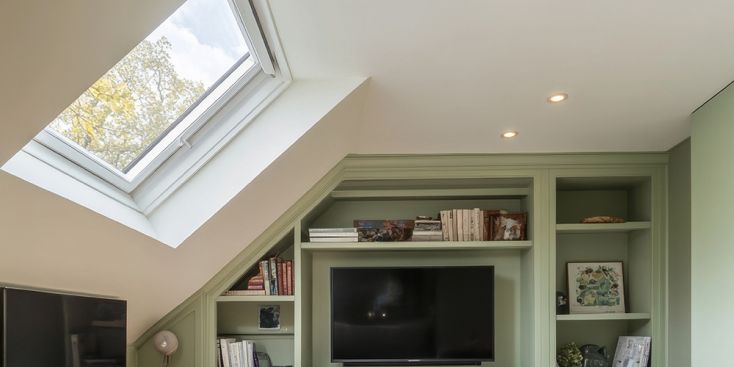For homeowners seeking to maximize their property’s potential, loft conversions offer an elegant and practical solution. Whether you're in need of an extra bedroom, a home office, or a creative studio, converting your loft can transform unused space into a functional, beautiful living area—all while significantly increasing your home’s market value.
The Benefits of Loft Conversions
- Maximize Living Space Without Expanding Your Footprint Unlike home extensions that require additional land, loft conversions make use of the existing structure of your property. This means you’re gaining valuable square footage without encroaching on your garden or outdoor space.
- Adaptable to Your Needs Loft conversions can be tailored to meet a variety of needs. Whether you dream of a luxurious master suite, a quiet home office, or a playroom for the kids, the flexibility of this space makes it a versatile investment.
- Enhance Natural Light By incorporating features like skylights, dormer windows, or roof lights, loft conversions often allow for an influx of natural light, creating a bright and airy atmosphere that adds to the appeal of your home.
Adding Value to Your Property
According to property experts, a well-executed loft conversion can increase the value of your home by up to 20%. This is particularly appealing in urban areas where space is at a premium, and additional bedrooms or functional spaces are highly sought after. For example:
- Extra Bedroom Appeal: Adding a bedroom and en-suite bathroom in the loft can elevate your property into a higher price bracket, particularly in competitive housing markets.
- Energy Efficiency Improvements: Many loft conversions include upgraded insulation, which can reduce energy bills—an attractive feature for eco-conscious buyers.
- Market Differentiation: A thoughtfully designed loft conversion can set your home apart from similar properties, making it more appealing to prospective buyers.
Planning and Design Considerations
Before diving into a loft conversion project, there are several key factors to consider:
- Structural Integrity Consult a structural engineer to ensure your home’s foundation and existing framework can support the additional load of a loft conversion.
- Planning Permission Most loft conversions fall under permitted development rights and do not require planning permission. However, if your property is in a conservation area or if the changes exceed certain limits, you may need to apply for approval.
- Design Features Work with an architect to design a space that complements your home’s existing character while maximizing functionality. Clever storage solutions, appropriate ceiling heights, and easy access are critical for creating a seamless addition.
Types of Loft Conversions
The type of loft conversion that suits your property depends on factors like roof structure, budget, and personal preferences. Common types include:
- Dormer Conversion: Adds headroom and floor space by extending vertically from the existing roof slope.
- Velux Conversion: Involves adding skylights without altering the roof’s structure, making it a cost-effective option.
- Hip-to-Gable Conversion: Extends the sloping side of a roof to create a vertical wall, adding substantial space.
- Mansard Conversion: Features a flat roof with steeply sloping sides, maximizing usable space but requiring more extensive construction.
Making the Most of Your Loft Conversion
Partnering with experienced professionals is key to achieving a successful loft conversion. Architects can help you unlock the potential of your space, balancing aesthetics with functionality to create a design that enhances both your lifestyle and your property’s value.
A loft conversion isn’t just an investment in your home; it’s an investment in your future. By transforming underutilized space into something extraordinary, you can enjoy the benefits of increased living space while reaping the rewards of a significant boost in property value.
